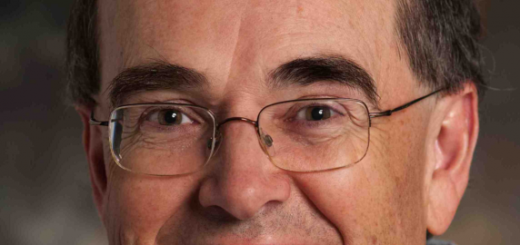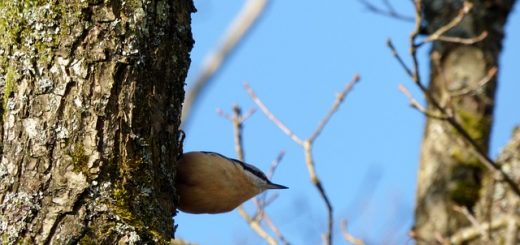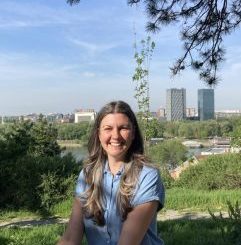Lucie Brolon, Ivan Hasenohr, Clémence Fournié
Modeling T-cell and dendritic cell communication & Computer-assisted proofs of non-reachability for the heat equation control system & Inference of cell differentiation trajectories using a modified optimal transport method based on a probabilistic model of gene dynamics
First abstract (Lucie Brolon):
When an infectious agent enters the body, it is detected by dendritic cells (DCs), which then emit biochemical signals to initiate an immune response, inducing the differentiation of T lymphocytes (LTs). Each signal needs to be analyzed in the context in which it was generated: LTs absorb a combination of signals emitted by DCs, which may be different in nature and may be emitted simultaneously by DCs. We use several decision-tree based algorithms to analyze this cellular communication and compare them using a simulation study. We then use them on a preliminary real data set.
Second abstract (Ivan Hasenohr):
It is customary to design a control system in such a way that, whatever the chosen control satisfying the constraints, the system does not enter so-called unsafe regions. This work introduces a general computer-assisted methodology to prove that a given linear parabolic control system with compact constraints avoids a chosen unsafe set. Relying on support hyperplanes, we devise a functional such that the property of interest is equivalent to finding a point at which the functional is negative. Actually evaluating the functional first requires time- and space-discretisation. We thus provide explicit, fine estimates for finite elements discretisation. Second, computations lead to roundoff errors, which are dealt with by means of interval arithmetic. The control of both error types then leads to rigorous, computer-assisted proofs of non-reachability of the unsafe set.
Third abstract (Clémence Fournié):
While two cells may possess the same genome, they can express their genes differently, leading to distinct cellular outcomes. Cellular differentiation is the biological process that leads a cell to opt for a particular cellular identity. Recently, single-cell RNA-sequencing has allowed to provide gene expression levels at specific times for a large number of individual cells and a large number of genes simultaneously during such a process. Repeating such measurements at different timepoints gives then access to the temporal variation, or transport, of a distribution on a gene expression space. The full temporal trajectory of the distribution characterizes the differentiation process. The optimal transport theory has been used to infer cellular differentiation trajectories from single-cell RNA-seq data (Schiebinger et al. 2019). However, this theory assumes that cells move, in the gene expression space, by diffusion, when real gene dynamics are much more complex. Our work aims to study the interest, for inferring cell differentiation trajectories, of using a modified optimal transport method based on more realistic gene dynamics.



